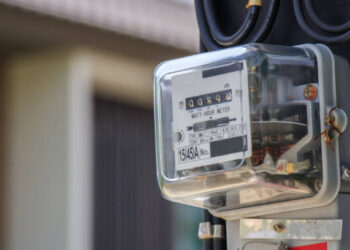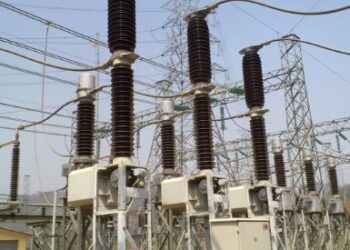The Nigerian Electricity Regulatory Commission (NERC) has said that power generation costs constituted the highest share of end-user tariffs in 2022 at 49.02%.
The Commission stated this in its 2022 Market Competition Report.
The Nigerian Electricity Regulatory Commission (NERC) highlighted that the expenses related to generating power had a major influence on the total electricity costs for consumers in Nigeria. In the specific period of July to December 2022 under the Multi-year tariff order (MYTO) arrangement, the costs linked to power generation were found to be a substantial part, accounting for about 49.02% of the average end-user electricity tariff.
Following generation costs, the next significant factor affecting the average end-user electricity tariff was distribution costs, constituting a notable 24.24%.
These expenses encompass the processes involved in getting the generated electricity from power stations to consumers’ homes or businesses.
Efficiency losses, which encompass allowable average technical, commercial, and collection losses, represented a share of 17.68% of the average end-user electricity tariff.
These losses are the result of various factors like technical limitations in the infrastructure, commercial inefficiencies, and challenges in collecting payments.
Understanding and addressing these efficiency losses are crucial for streamlining the electricity distribution system and minimizing overall costs for consumers.
Next in the breakdown of the average end-user electricity tariff are transmission costs, which accounted for 9.30%.
These costs encompass the expenses associated with building, maintaining, and operating the transmission networks responsible for transporting electricity from power generation facilities to distributors, eligible customers, and bilateral customers.
In addition, there’s the Value Added Tax (VAT), constituting 6.98% of the tariff. VAT, at a rate of 7.5%, applies to the domestic end-users of electricity, representing a portion of the overall cost.
It is important to comprehend how taxes contribute to the total expenses incurred by consumers. Moving on, the Nigerian Electricity Market Stabilization Facility (NEMSF) Repayment accounted for 2.35%.
This represents the unit cost per kilowatt hour (kWh) associated with repaying loans that were utilized to finance past tariff subsidies. Lastly, the Administration and Regulatory Charges made up 1.50%.
These charges encompass the unit cost per kilowatt hour (kWh) related to administering the networks, coordinating invoices and settlements, enforcing market rules, and regulating all licensees.
Recommendation for reducing generation costs
The NERC report proposes valuable strategies to potentially reduce generation costs and ensure a more predictable power generation process.
One approach is through “least-cost dispatch,” which involves optimizing the selection of power sources to minimize expenses.
Additionally, activating contracts efficiently can bring about stability in power generation. Combining these approaches with a proactive reduction of losses in the transmission and distribution process can lead to a more cost-effective electricity generation system.
This, in turn, might allow for a gradual phasing out of tariff subsidies without imposing a significant hike in overall tariffs.
The NERC report also highlights that the end-use electricity tariff in Nigeria is relatively lower compared to eleven out of sixteen ECOWAS countries.
This favourable pricing is attributed to two main factors. First, the Federal Government provides a tariff subsidy, effectively reducing the financial burden on consumers.
Second, Nigeria benefits from a relatively cheaper gas price, a critical input in electricity generation.














.gif)






